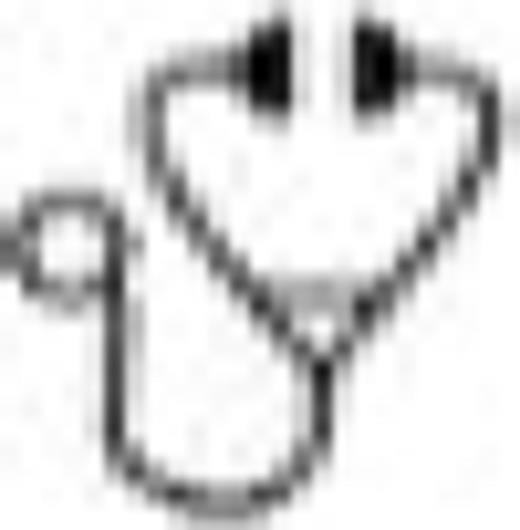Abstract

Introduction: The survival of the patients with thalassemia has progressively improved with advances in therapy, however, increased survival allowed for several complications of disease. Metabolism of vitamin D affected in patients with thalassemia, due to accumulation of iron in the liver as the skin. The aim of this study is to compare vitamin D and parathyroid hormone (PTH) levels between patients with thalassemia and healthy control group.
Methods: In pediatric hematology clinic, 33 patients (23 male, 10 female) with beta thalassemia major and 33 age-sex matched healthy people as a control group were included. Serum 25- OH Vitamin D levels were defined as normal >30 ng/ml, insufficiency between 20-30 ng/ml and deficiency < 20 ng/ml and PTH levels as normal between 10-65 pg/ml, decreased <10 pg/ml, and increased >65 pg/ml.
Results: Mean age was 23.02+8.18 years old in patient group and 23+ 8.16 in control group. %33.3 of the patients had 25-OH vitamin D insufficiency and %30.3 of had 25-OH vitamin D deficiency. In different studies, the 25-OH vitamin D deficiency found between %12-90, and insufficiency between % 24.7-69.8 of the thalassemic patients. %81.8 of the patients had normal PTH levels, %18.2 decreased and none of the patients were found increased. In literature, there were confluent results about PTH levels in thalassemic patients, some of the studies showed hypoparathyroidism, and some of hyperparathyroidism or normal levels of PTH (Vogiatzi Br J Haematol 2009, Moulas Acta Paediatrica 1997, Merchant Indian J Pediatr 2011). In our study we couldn't show hyperparathyroidism in patient group. Also we found parathyroid hormone levels were significantly lower (p<0.001), while 25-OH vitamin D levels were significantly higher (p<0.05), in patients with thalassemia than in control group. This result was interestingly showed that, normal population in our country may be low levels of vitamin D. So we need more studies about PTH and vitamin D levels of healthy people, not only thalassemic patients in our country.
No relevant conflicts of interest to declare.
Author notes
Asterisk with author names denotes non-ASH members.

This icon denotes a clinically relevant abstract

